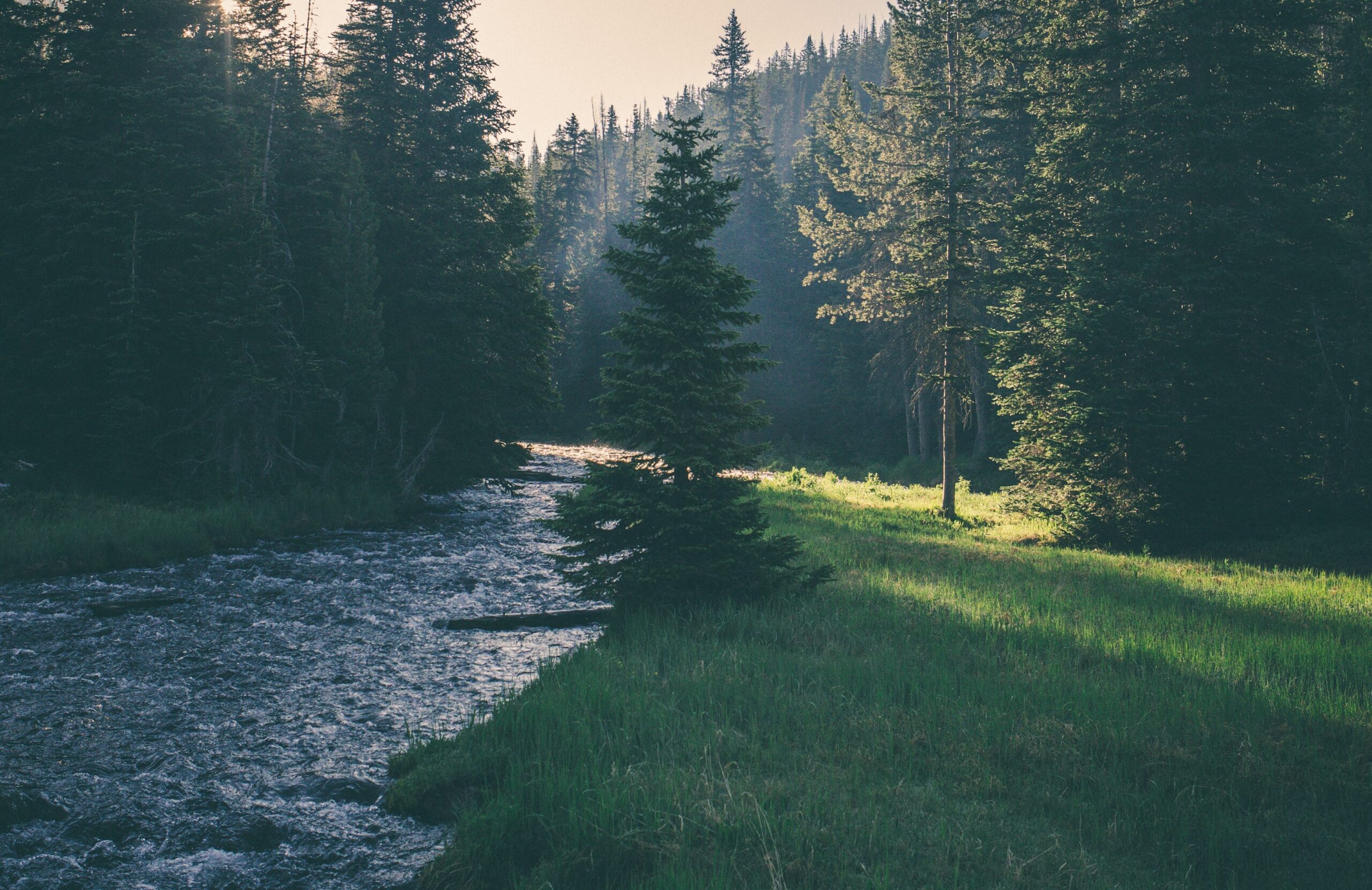Jan Borchert, Current Hydro and Dana Hall, Esq.
Off-grid hydropower, is a noteworthy alternative to a grid-connected system. You design the hydropower system to match the on-site load, and directly wire the system to the buildings using the power and energy – with no connection to the distribution utility. This is referred to as an “off-grid” configuration. Here, the buildings using the power and energy need to be located in close proximity to the hydropower generation site. This is because the further away the generation source is from the site of consumption, the higher the cost is to directly wire the system to the load.
One example of a configuration where an off-grid hydropower system may work is an old mill or factory building that may be redeveloped for a new purpose and that is already located close to their dams. These old buildings were historically located in direct proximity to the dam providing the head – an ideal setting. But also new construction close to streams and natural waterfalls have the option to be developed off-grid.
The benefits of an off-grid system can include:
- No interconnection costs (studies, wires, meters)
- No utility meter readings
- Independence from grid-failures / power outages
- 100% renewable energy
- Energy autonomy
- Potentially reduced permitting requirements (and cost) if non-federal oversight
The disadvantages of an off-grid system can include:
- Dependence on local equipment / No grid as back-up
- Need for on-site back-up power
- Oversized system to meet power demands / Increased system cost
- Grid is not balancing use patterns
- Additional wiring necessary
While off-grid systems promise greater autonomy and independence from the local utility grid, they most likely come at a higher cost to provide the same standard of electricity availability, due to the missing grid-connection that in other setups provides power balancing and back-up. Customers who are willing to compromise and adjust their habits and use patterns to the available electricity, could save significantly by going off-grid.
Off-grid plus grid back-up
Instead of fully going off-grid, there is way of wiring the hydrosystem to power the local loads (buildings, circuits, devices, …) going through a manual or automatic switching system, that allows the owner to use the utility grid as back-up power during times the hydrosystem is not operational (maintenance, low-flow conditions, …). The owner would still have to keep the utility account and pay the monthly account fee, but could switch to grid power if necessary. Electrically only one of the two power sources (hydrosystem or grid) would be connected to the house; in this mode, hydrosystem and grid cannot be “on” at the same time and the hydrosystem would be factually off-grid.
The benefits of this mode are cost-effective back-up power and a reduced dependency from the utility grid. If a power outage should occur during the exact time that the hydrosystem is not operational, the owner of the system would be without power all together – similarly to an on-grid system.
This mode can work whether the building already had an electric meter in place or if the owner decides to apply for new service at the building in conjunction with hydropower development. If it is the latter, and the utility has not previously served that building, there will be additional costs to establish service which will vary depending on how close the building is to the existing utility lines, and the anticipated back-up demand of the building(s).
Next Steps
Our next post will focus on the economics and financial structures of the ownership model. We’re going to look into simple cash financing, debt or loan financing and different leasing structures. So follow the link to learn more about the ownership financials and economics.
Or download our full Microhydro Ownership Model report.


2 Responses
[…] net metering are both assuming a grid connected system. Check out our next post, which will look at off-grid systems as an alternative approach to the ownership […]
[…] far we’ve considered the option of owning an off-grid micro-hydropower system and looked at different ways of paying for the hydropower installation, in our economics and […]